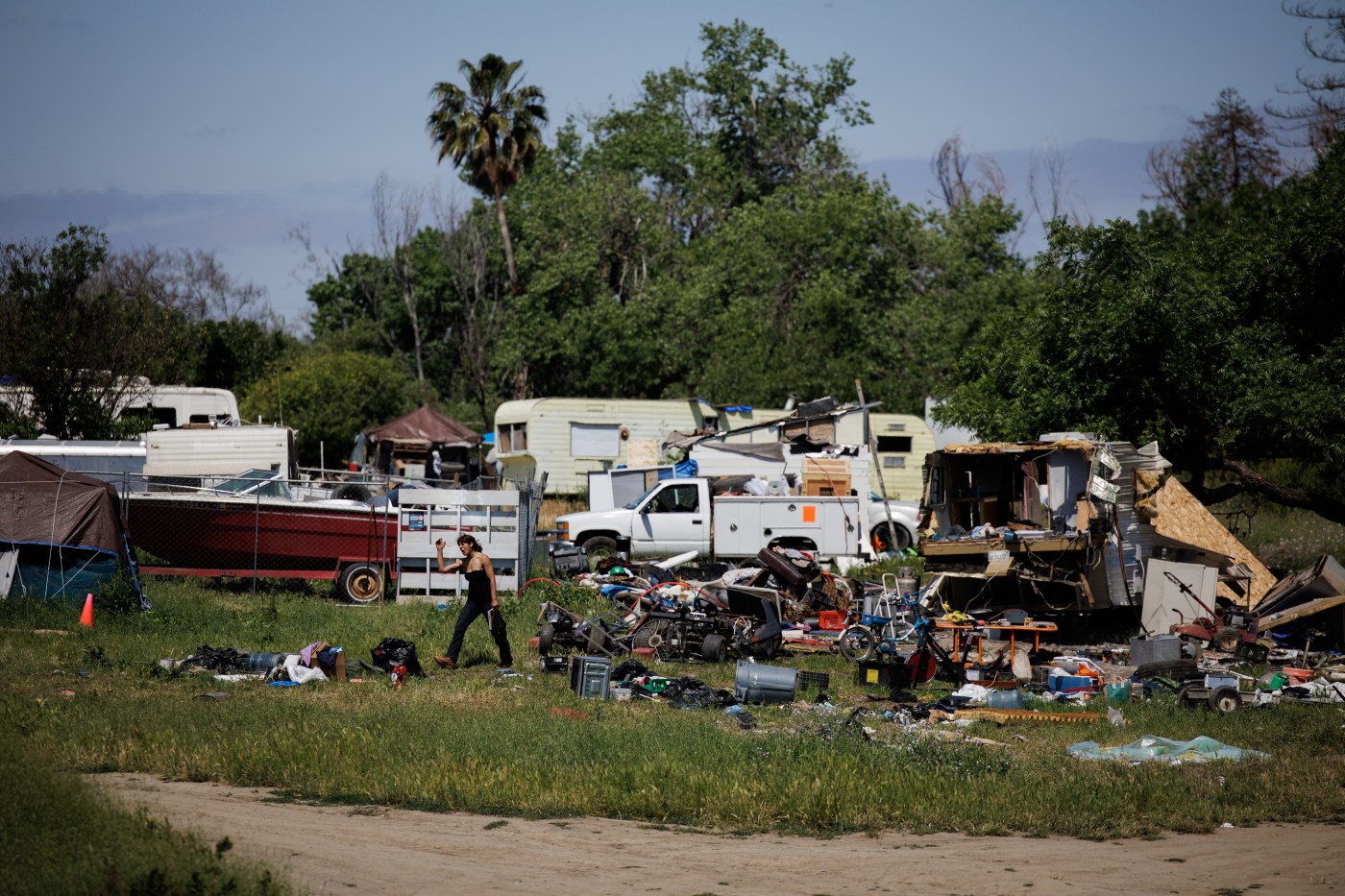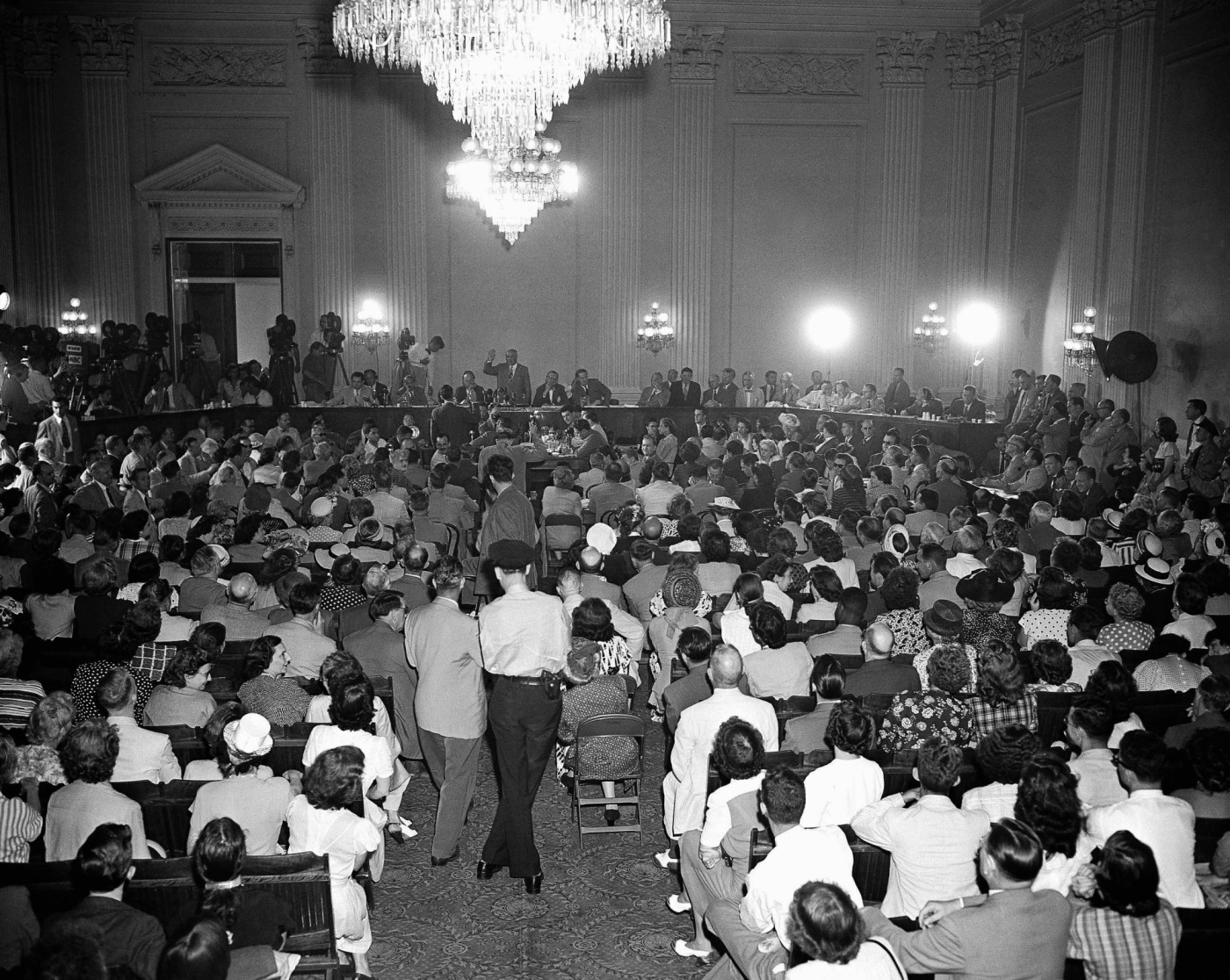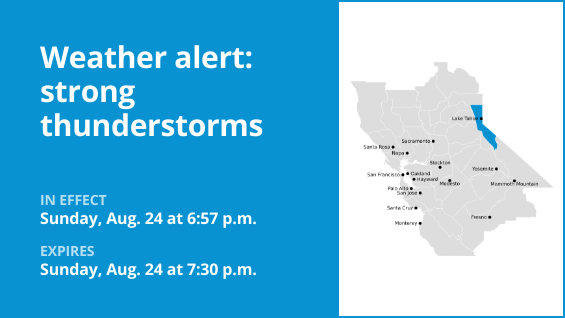President Donald Trump’s proposal to slash the federal budget includes unprecedented cuts to the nation’s largest rental aid program, a move Bay Area housing advocates and officials warn could push thousands of the region’s poorest residents to the brink of homelessness.
The budget plan released last week calls for a 44% reduction in spending on housing and homelessness programs. The biggest cuts target federal Section 8 housing vouchers, which help more than 80,000 low-income households across the Bay Area afford rent each month.
In addition to the $33.6 billion in total housing cuts, the proposal seeks to replace the current voucher system, which administration officials describe as “dysfunctional,” with grants to states to create their own rental aid programs. The administration is also proposing a two-year cap on federally funded rental assistance for able-bodied adults.
Housing advocates say such an overhaul would be especially devastating for voucher holders in the Bay Area, where sky-high rents — now topping $2,900 for a typical two-bedroom apartment — put them at even greater risk of becoming homeless.
“It would be catastrophic,” said Jennifer Loving, chief executive of Silicon Valley homelessness solutions nonprofit Destination: Home. “But not only that, it would be incalculably cruel.”
Trump’s “skinny” budget is only a suggestion, and it’s possible the Republican-controlled Congress could pursue smaller cuts or no reductions at all. Some Republican lawmakers have already voiced concerns about the proposed budget, including its call to gut Medicaid.
Still, local housing officials are preparing for potentially substantial cuts.
“We’re trying to figure out: How do we absorb that hit, and how are we going to protect as many families as possible,” said Preston Prince, executive director of the Santa Clara County Housing Authority, which administers the vouchers locally.
Prince said the housing authority has already begun forecasting various budget cut scenarios to identify options to ensure renters don’t lose assistance. That includes a pause on issuing new vouchers and scaling back how much the agency spends to finance affordable housing projects.
However, if Congress adopts Trump’s full housing cuts, the agency could be forced to terminate thousands of vouchers, leaving tenants and landlords without a crucial subsidy that buoys a wide segment of the local housing market.
The Trump administration has encouraged state governments to come up with their own funding sources to make up for the proposed cuts. Last year, California’s budget for Section 8 vouchers reached nearly $6 billion, according to federal data.
The administration contends ending Section 8 and shifting responsibility for rental aid to states would eliminate burdensome federal regulations and empower state officials to develop programs based on “their unique needs and preferences.”
Low-income voucher recipients currently pay 30% of their earnings on rent, while the government covers the rest. Tenants can use subsidies to pay for units they find on the private rental market. Vouchers are also sometimes tied to specific affordable and supportive housing developments.
About 2.3 million households nationwide use Section 8, but the demand still far outstrips the number of vouchers available.
Steven Greenhut, director of the Free Cities Center at the Pacific Research Center, a conservative think tank in Pasadena, said it makes sense to put states in charge of rent programs and expects California lawmakers would be quick to cover any funding shortfall.
He contends, however, that the best way to protect renters is to loosen homebuilding regulations to boost the housing supply and bring down prices. In the administration’s budget proposal, officials pointed to plans to open federal land for construction as a way to spur more affordable housing.
“California continually focuses on public funding, and we need to focus on letting the market do its job,” Greenhut said.
The state housing department did not respond to questions about the budget proposal.
While housing advocates agree that more new construction is needed, they say the administration’s proposal, in particular its two-year cap on rental aid, suggests a fundamental misunderstanding of why many families are willing to endure often years-long waitlists to obtain a voucher.
Administration officials say the two-year limit is to ensure rental aid helps people healthy enough to work get back on their feet, so that most of the money can go to seniors and people with disabilities. But advocates note that in expensive places like the Bay Area, where about half of renters spend more than 30% of their income on housing, having a job hardly guarantees being able to afford market-rate rents.
“A lot of people who use vouchers are employed, they’re working,” said Lindsay Haddix, executive director of the nonprofit East Bay Housing Organizations. “We know that wages, particularly in the East Bay and the Bay Area, have not kept up with the rising cost of housing.”
Related Articles
San Jose approves stricter rules to combat abandoned shopping cart epidemic
Santa Clara County, SF join lawsuit against Trump’s ‘unlawful’ conditions on homelessness funds
US Forest Service starts clearing homeless camp in Oregon national forest
Mahan: San Jose will not be dumping ground for other cities’ unhoused residents
Man sentenced in 2020 East Bay murder case, after concerns of political meddling by former DA Pamela Price
Trump’s proposal also outlines $532 million in cuts to programs that fund local homelessness efforts, including various kinds of rental assistance for formerly homeless people. Earlier this week, Santa Clara County and San Francisco sued the administration to block new restrictions on how local governments can spend federal homelessness dollars.
The Bay Area has an estimated homeless population of 38,891, increasing 46% over the past decade.
Congress and the president must approve the budget by Sept. 30, though they could adopt a stopgap bill that would fund the government on a temporary basis.
Even if lawmakers ultimately elect not to make any cuts to housing programs, vulnerable tenants across the country could still lose their vouchers. That’s because a $5 billion pandemic-era program that funds “emergency” vouchers for people at risk of homelessness is set to run out of money at the end of next year. Congress has shown no indication it plans to set aside more funding.
In the Bay Area, about 3,500 emergency vouchers are set to expire. Kocal officials, many of whom are now facing budget deficits, have limited options to replace that aid, said Prince, the county housing authority director.
“I know that hope is not a strategy,” he said. “But I just hope Congress gets some empathy and some compassion and realizes that evicting these families is not the path forward.”





